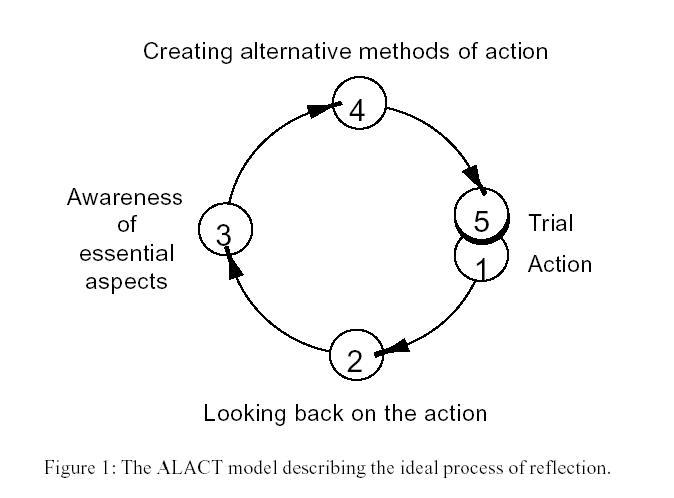Portfolios, digital and reflection: interleaving Michael Dyson
Listening to Michael Dyson, from Monash talking about portfolios in teacher education: great presentation.
Dyson says:
- Education of educators is first of all premised on turning them into people who practice self-development. gives example of very first unit. [So, care of the self is central, and making students include themselves as subjects in the learning process - nice!]
- Learning is change dramatically – globalisation, computing, and so on. [But, perhaps, there is an important qualification on some of the more optimistic claims for 'new' learning: learning is embedded within society in ways that shape those possibilities in ways that are not entirely concerned with 'better' learning. At the very least, the definition of better is contested: is it cheaper? is it more orderly and commodifiable? is to linked to national norms and needs?]
- The creating mind is the goal. [Interesting - not creative, but more positive and active - creating. Good difference]
- Reflection is essential to achieving the kind of succcesses in self-developmental learning; using Dewey (2003), emphasises “active persistent and careful consideration”; reflection is not taking “things for granted…[leading to] ethical judgment and strategic actions” (Groundwater-Smith, 2003). [ Further work needed, perhaps, to understand reflection for this new generation, if one takes as given the significant changes in knowledge: is reflection as developed in 20th c the right kind of reflection?]
- ALACT model – action, looking back, awareness of the essential aspects, create alternatives, trial.

[This is really helpful - I like the added 5th step, compared to the normal action research 4-step model]
- “the artefacts placed in their portfolio showcase who they are and their current onling learning”; these artefacts are attached to the standards which define what it is to be an educated teacher according to outcomes required. [So portfolios are a clear negotiation of the student's understanding of those requirements and standards?]
- Exploration of the actual portfolios that students have created, using a paid-for service iwebfolio (was subsidised). Variety of successes and failures, all the material goes into a digital, not paper portfolio. Notes the fact that the metadata on when and how material uploaded is available, unlike other means of generating a portfolio. [I emphasise: the portfolio is a genuine, real requirement for teaching employment. It is authentic learning]
- Use of standards / outcomes as information architecture to drive cognition in inputting information (adding artefacts, commenting etc [So, the portfolio is 'scaffolding' into which a building goes, with a clear design brief. It might be a hghly structured knowledge engine]
I am wondering if the students genuinely are doing this work for themselves or if they imagine an audience of ‘judges’ – their teachers who grade the portfolio or the employers who might use it? Managing multiple audiences is tricky, even with technology that allows it – because if you can shape the portfolio for several audiences…. then does the self audience survive?
Then again, maybe the whole point is that the students are not yet capable of being their own audience.
Some other portfolio software (and look how it is more than just a portfolio…)